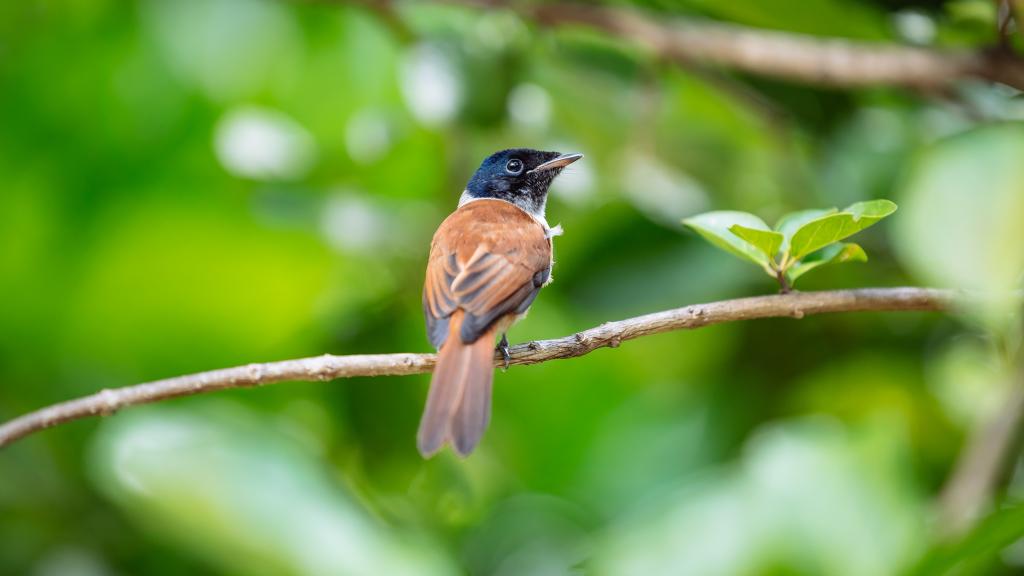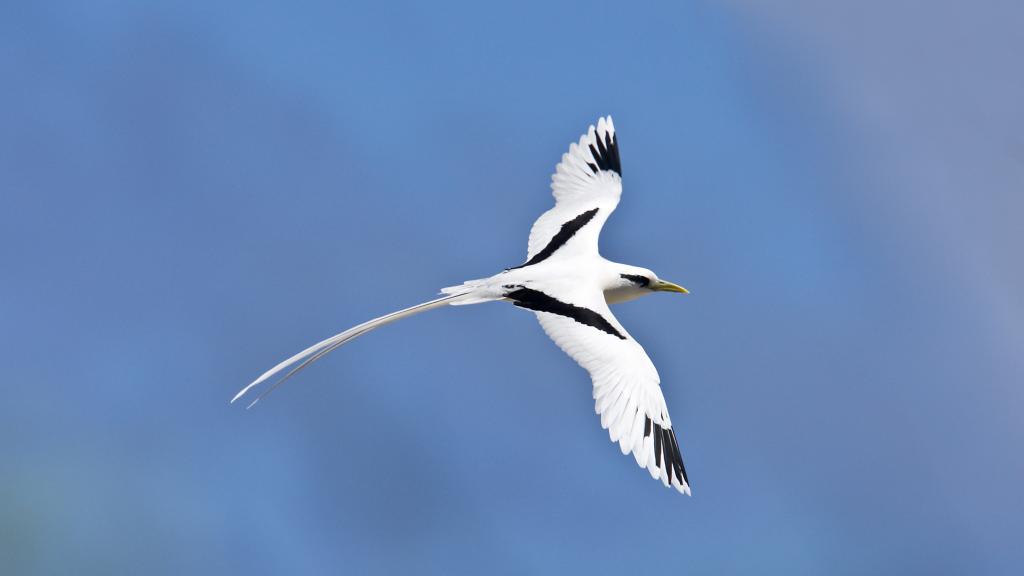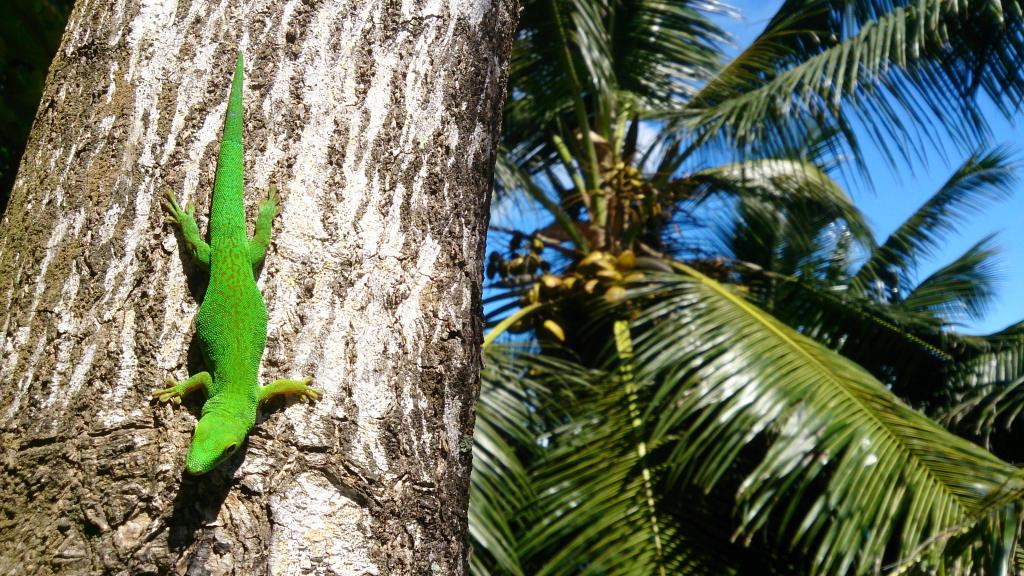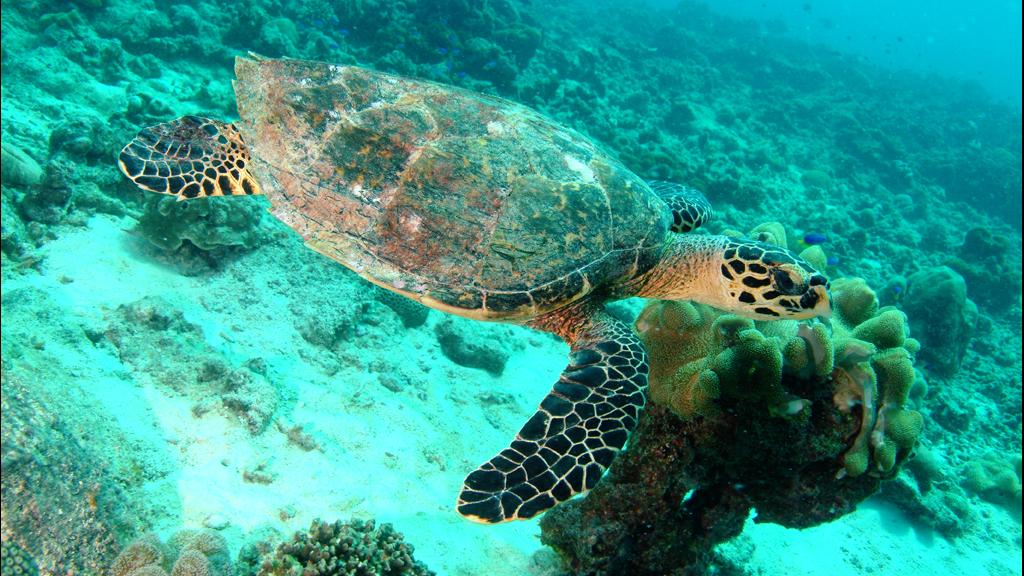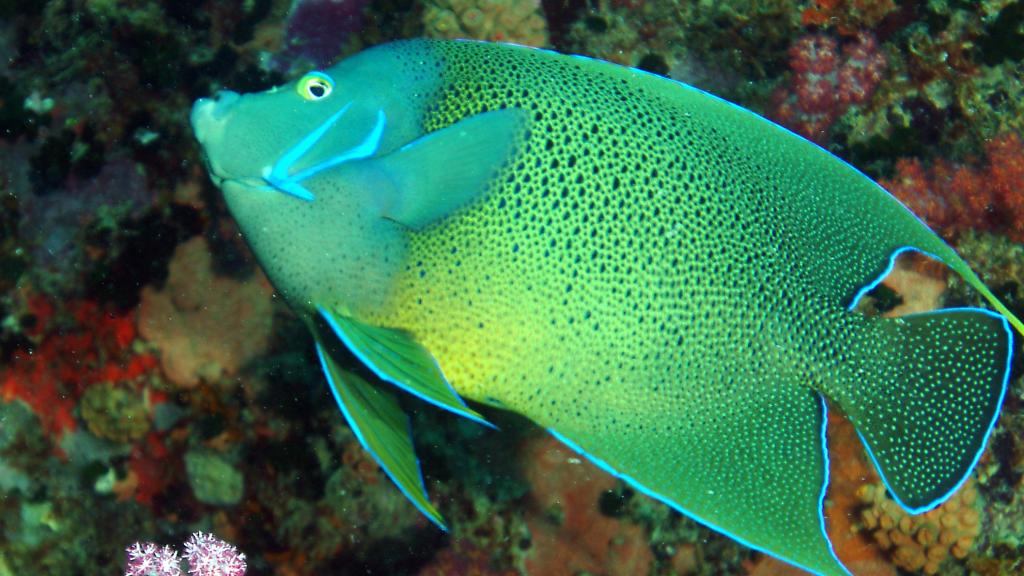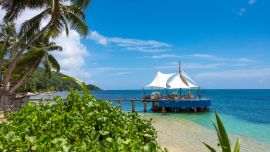Fauna
Seychelles Animals
Uninhabited until the 18th century, the Seychelles are unique for having provided ideal conditions for unique plant and animal species, as well as other natural wonders to flourish, far from the dangers of natural selection elsewhere. Thanks to these conditions, the Seychelles are home to a wide variety of animal species, including 13 species of amphibians, 30 reptiles, and 220 bird species. Besides this, there are more than 1,000 species of invertebrates on the islands, many of which require special protection. In terms of percentage of its land mass, the Seychelles has the largest proportion of protected areas in the world.
Mammals
The only mammals that were native to the Seychelles before man are the endemic Seychelles fruit bats. These herbivorous bats, as the name suggests, enjoy fruit, with mangoes being their favourite food. The head is tapered, and almost reminiscent of a dog's head, hence their name (they can also be called 'Flying Foxes'). With an imposing wingspan of up to 1 metre (3 ft), they almost give the impression of being vampires as they flutter through the night sky.
Humans have also brought with them other mammals to the islands. For example, there is the rare hedgehog-like great tenrec, which once only existed in Madagascar. Adult tenrecs have a body length of up to 40 cm (16 inches), and their fur is bristly. These animals are usually nocturnal, but can sometimes be spotted during the day as well. They mostly live in forests, but also in areas with dense undergrowth. During their search for food, they can become easily scared, and sometimes aggressive.
Birds
The Seychelles lie far away from any mainland, which normally doesn't help when it comes to variety of life. That said, no other islands can be said to have such diversity when it comes to bird-life, with around 220 species calling the Seychelles their home, including seventeen endemic land bird species, some of which rank among the most unusual zoological rarities in the world.
This diversity can be explained by a long evolutionary process. The Seychelles were isolated from the rest of the world for many millions of years, which explains both the variety of bird species, as well as the lack of colourful bird species. The bird species that settled here simply did not need to evolve to be particularly colourful in order to attract the opposite sex. In general, the Seychelles is more home to sea birds and wading birds, as opposed to species which live and breed on-land.

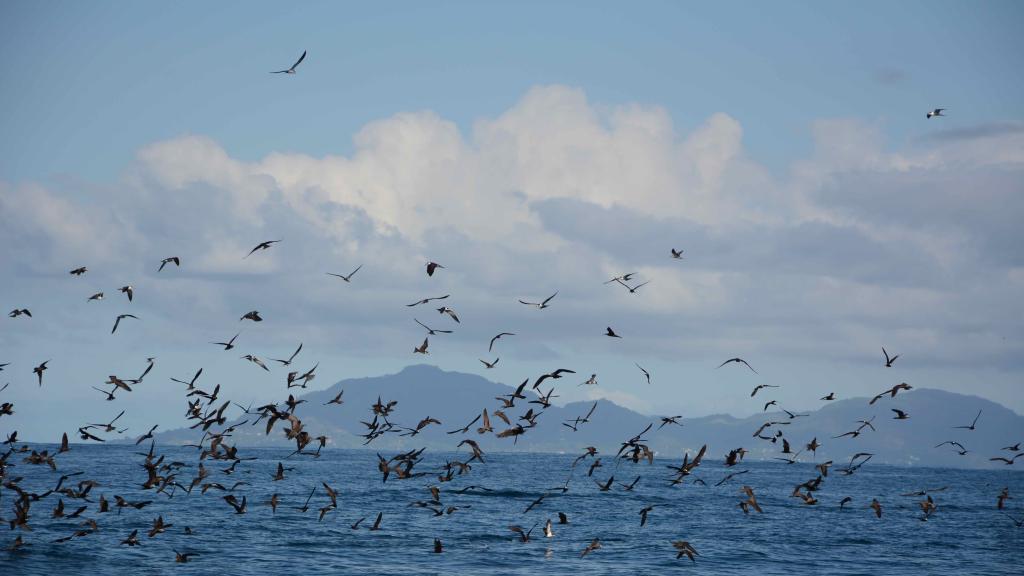
The best islands for seeing birds in the Seychelles are Mahé, Praslin, and Bird Island. These species include the black parrot, with its dark, glossy plumage. This species lives on Praslin in the Vallée de Mai, possibly the most mystical forest in the world.
In addition, various sunbirds and blackbirds can be found here. The cattle egret is often seen in the Victoria market, while the paradise flycatcher (veuve in French) is threatened with extinction, and can nowadays only be found on La Digue.
On Frégate Island, the rare magpie robin finds its home. This small bird has black and white feathers, and can be found in hedges and bushes in many of the island's gardens. The Seychelles warbler can be seen on the islands of Cousin, Aride, and Denis. Their green-yellow-white plumage complements their blue beach, and their song is beautiful too. The frigate, with its wingspan of up to 2 metres, the white-tailed tropic bird, the toc-toc, and many different species of tern (e.g. sooty terns, white fairy terns) have their natural habitat in the Seychelles. In fact, the tern can be called a national bird, and is the logo of the national airline. In addition to these rare species, the Seychelles are home to sparrows, owls, gulls, and pigeons (such as the blue Seychelles dove and the snow-white turtledove).
Amphibians and Reptiles
The Seychelles are home to a total of thirteen amphibian species, including the endemic Seychelles tree frog, which grows to just 76 mm (3 inches) in length. This species likes to stay in damp forests, while the ptychadena mascareniensis is coloured in various shades of brown, marked with three bright lines on the top of its body.
There are also around thirty species of land-dwelling reptiles to be found, some of which were introduced to the islands by humans. Some species are still represented on the islands, with several subspecies. The imposing giant tortoises are like living fossils, moving sedately across the landscapes. If the Aldabra Atoll had not been designated a conservation area, these animals would likely have been wiped out today (there are over 150,000 on Aldabra). Like the manatee, these tortoises were hunted for their tasty meat, but unlike the manatee, the tortoises can still be found in the Seychelles today.
La Digue's marshes are home to the 20 cm-long (8 inch) terrapin. Unfortunately, it has become rare due to people often hunting it to make curries. In 1967, the sale of terrapins was banned, especially to prevent taxidermists from killing them for souvenirs.
Walking through the island's forests, you will be accompanied by the noises emanating from the different lizard species that move amongst the foliage. In the Seychelles, you will also encountered geckos, which run up the walls and along the ceilings of accommodations too if the lights are left on in the evenings! They are up to 10 cm long (4 inches), very agile, and extremely quick. They cling to surfaces using tiny hairs.
As well as lizards, the islands are home to the chameleon, the Seychelles skink, and some small, shy, non-poisonous snakes. There are also a number of sea turtle species that live in the Seychelles.
Marine Wildlife
The waters surrounding the Seychelles archipelago contain a real bounty of wildlife. Snorkelling and diving excursions reveal an impressive underwater world, but even wading near the shore can be enough to get a sight of many different fish species.
Several species of sea turtles and over a thousand fish species find their home in the coral reefs and deep-sea around the Seychelles. Unmatched in terms of colour is the blue-orange angel fish with its black and yellow stripes. Similarly impressive is the similarly-striped clownfish, which, along with the dascyllus lives in close symbiosis with the sea anemone. Other fish threaten these species by sifting through the anemones to try to reach for them. Clownfish, dascyllus, frogfish, and boxfish can all be seen by simply snorkelling close to shore.
Predatory fish such as the grouper, the subtle-grey doctor fish (named after the scalpel-like shapes on its tail), the yellow tweezers fish peck their pointed muzzles into crevices and other small openings, looking for food. Meanwhile, the blue-green parrot fish gnaws at the coral with its beak-like teeth, expelling any indigestible elements back into the ocean as sand - the Seychelles islands owe their beautiful white, sandy beaches to the tireless work of this animal over millennia.
Travelling from Praslin to La Digue, lucky visitors may spot the flying fish. Meanwhile, large amberjacks and groupers lurk on the reef, and the whitetip shark patrols the waters expectantly. red lionfish can also be found here, but be sure not to touch their fins despite the impressive shape of its body. Also seemingly harmless is the oscar fish, but this species quickly darts through the water and can bite, so be sure not to approach it too closely! The flute fish can also be dangerous despite its refined appearance. The 5 - 10 cm-long (2 - 4 inch) mudskipper has evolved to be able to live on land and in water, being able to breathe through gills and its skin. These impressive species can be found on beaches and in mangrove areas.
The underwater world of the Seychelles has changed little in recent decades. For one thing, many parts of the area were declared as protected from 1973 onwards, so large fishing boats are not permitted here. Unfortunately, the area around the islands of the Sainte Anne Marine National Park suffered from the construction of the motorway leading to the airport, and, due to the changed underwater currents, many coral gardens were destroyed by this.
